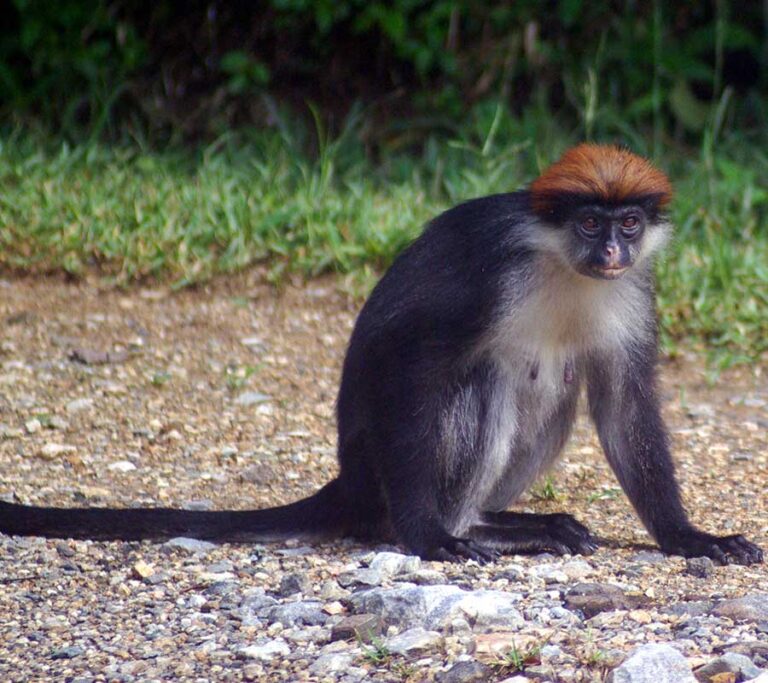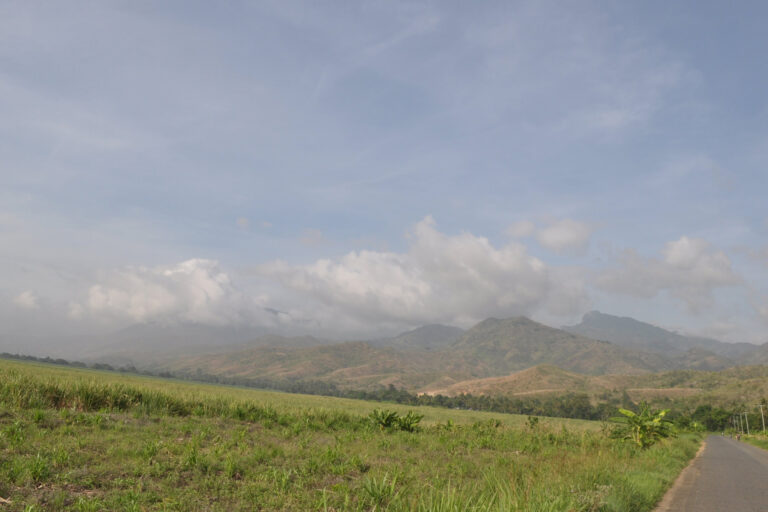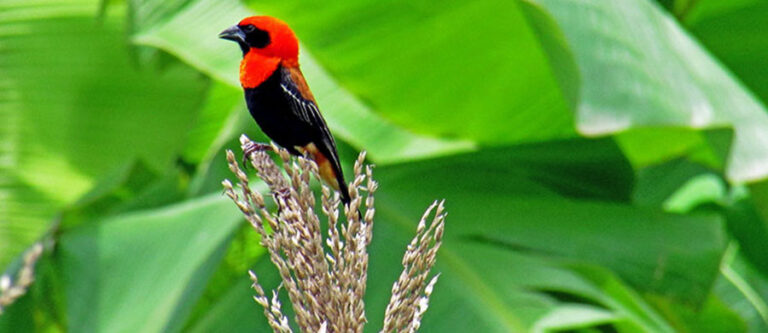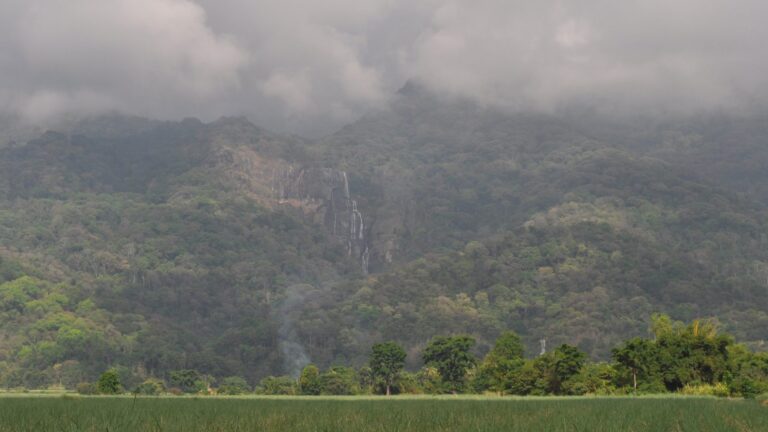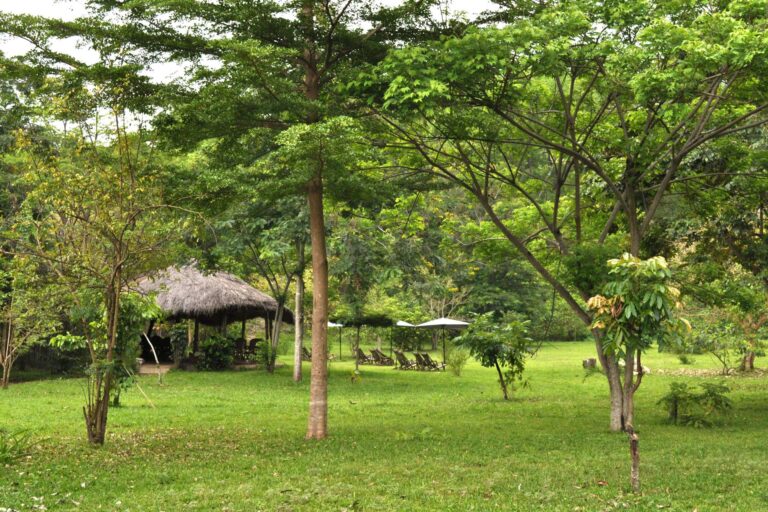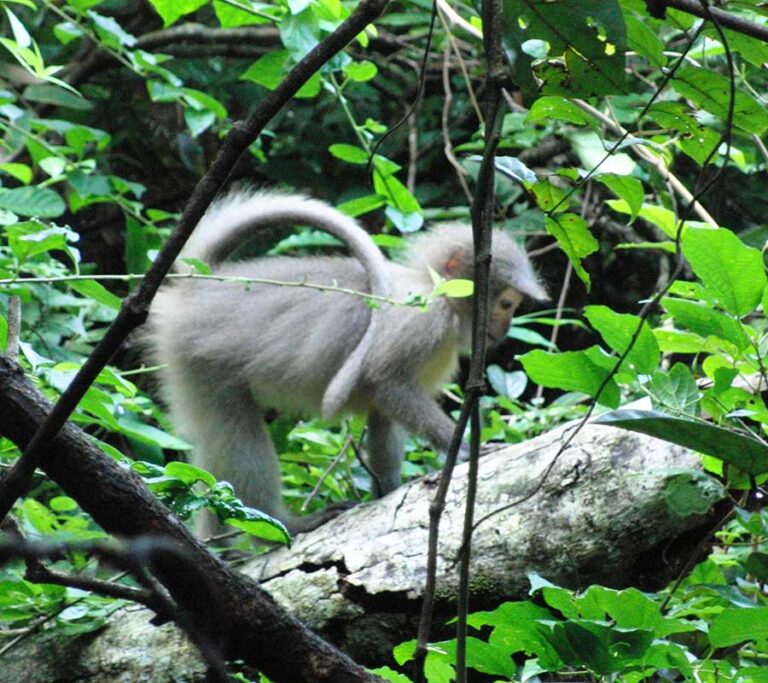Best of Southern Tanzania Safari Destinations | Tanzania’s top safari parks and game reserves
Udzungwa is the largest and with the most biodiversity and a chain of a dozen large forest-swathed mountains that rise majestically from the flat coastal scrub of eastern Tanzania.
Known collectively as the Eastern Arc Mountains, this archipelago of isolated massifs has also been dubbed as the African Galapagos for its treasure trove of endemic plants and animals, most familiarly being the delicate African violet.
Brooding and primeval, the forests of Udzungwa seem enchanted: a verdant refuge of sunshine-dappled glades enclosed by 30-metre (100-foot) high trees, their buttresses layered with fungi, lichens, mosses, and ferns.
Udzungwa alone among the ancient ranges of the Eastern Arc has been accorded national park status. It is also unique within Tanzania in that its closed-canopy forest spans altitudes of 250 meters (820 feet) to above 2,000 meters (6,560 ft) without interruption.
Although not a conventional game-viewing destination, Udzungwa is a magnet for hikers. An excellent network of forest trails includes the popular half-day ramble to Sanje Waterfall, which plunges 170 meters (550 feet) through a misty spray into the forested valley below.
The more challenging two-night Mwanihana Trail leads to the high plateau, with its panoramic views over the surrounding sugar plantations, before ascending to Mwanihana peak, the second-highest point in the range.
Ornithologists are attracted to Udzungwa for an avian wealth embracing more than 400 species, from the lovely and readily-located green-headed oriole to more than a dozen secretive Eastern Arc endemics.
Four bird species are peculiar to Udzungwa, including the forest partridge, first discovered in 1991 and more closely related to an Asian genus than any other African fowl.
Of six primate species recorded, the Iringa red colobus and Sanje Crested Mangabey occur nowhere else in the world – the latter, remarkably, remained undetected by biologists before 1979.
Undoubtedly, this great forest has yet to reveal all its treasures: ongoing scientific exploration will surely add to its diverse catalog of endemics.
Location
Five hours (350 km/215 miles) from Dar es Salaam; 65 km (40 miles) southwest of Mikumi.
Getting there
Drive from Dar es Salaam or Mikumi National Park.
What to do
From a two-hour hike to the waterfall as well as camping safaris.
Combine with nearby Mikumi or en route to Ruaha.
Accommodation
Camping inside the park.
Bring all food and supplies.
Two modest but comfortable lodges with en-suite rooms within 1km of the park entrance.
